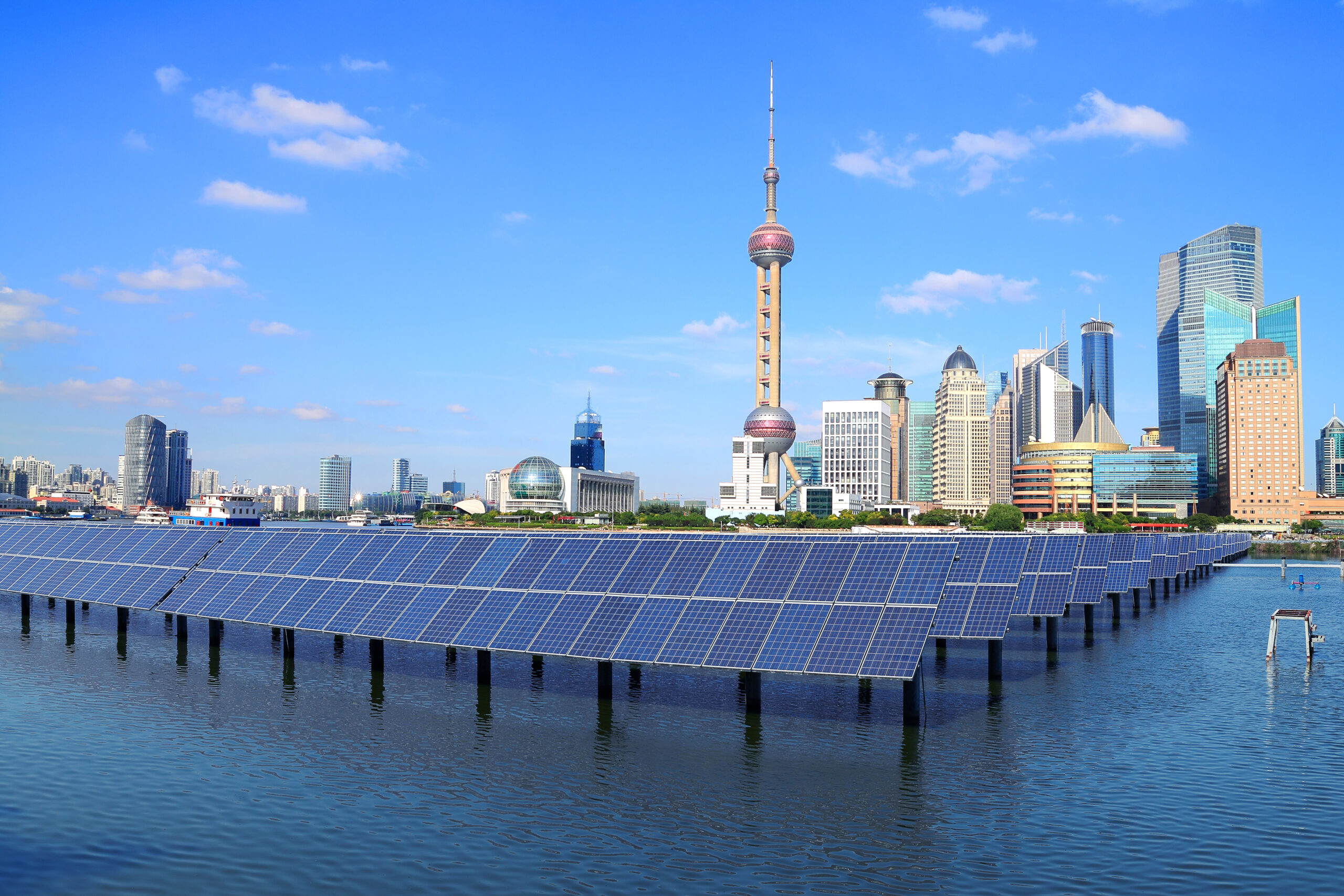China is ending COVID-zero.
At its heart, the reasoning behind the decision is economic. China spent decades making itself a critical link in global supply chains, and disruptions cascading from COVID-zero periodically made trade partners question the stability of relying on China into the future.
Likewise, China spent decades asserting global dominance in clean energy technologies. And that investment is paying off: The country is responsible for manufacturing half of the world’s wind turbines, two-thirds of all solar panels and almost 90 percent of lithium ion batteries, according to energy research firm Wood Mackenzie.
Now, with the clean energy transition picking up speed, the U.S. and other Western countries are aiming to make up for lost time. Last year, the U.S. passed a slew of federal policies, including the Inflation Reduction Act, the Infrastructure Bill and the CHIPS and Science act, designed to take back a little of the clean energy pie from China.
Add these together, and it makes me wonder: Could China’s move to end COVID-zero be motivated by its need to maintain dominance in clean energy supply chains as well? If so, will the end of COVID-zero lead to more cheap clean energy technologies available for buyers?
Will the end of COVID-zero help clean energy supply chains?
Not likely.
I posed the question to Sebastian Meyer, an energy and China expert who worked on transitioning China’s power system with EDF Renewables. Meyer said COVID-zero had very little to do with the rise in clean energy costs of the last two years.
On the contrary, China has seen its dominance in clean energy grow since the start of the pandemic. Solar exports from China more than doubled from H1 2021 to H1 2022. China’s export of renewable technologies (including wind, solar and batteries) was expected to top $100 billion last year.
The increase in clean energy prices are more connected to tariffs on solar panels, designed to address forced labor concerns and shore up domestic production. That makes it harder to build projects, as the West has become reliant on cheap Chinese PV imports to make clean energy projects pencil out.
Also adding to clean energy development costs: increased demand. Cost volatility of dirty energy sources coupled with companies’ and localities’ renewable energy goals has put increased pressure on what renewable energy resources are available.
Is China worried about growing U.S. competitiveness?
Also unlikely.
Recognizing the economic opportunities in clean energy, China got a 20-year head start. The country was investing $100 billion annually in clean technologies back in 2014, and by 2018 its investments were almost double that of the U.S., according to Kelly Sims Gallagher, director at the Tufts University Center for International Environment and Resource Policy.
The country also made a big bet on solar panel production, building large factories and selling PV at tiny margins, according to Meyer. That forward-thinking, large-scale infrastructure investment would make it hard for Western companies to come close to at the same price point.
“The U.S. and Europe lost the ball on the solar PV side,” said Meyer. “It will be difficult to make up lost time to create competitive, domestic producers of PV.”
China is also deploying clean energy capacity at a scale that is hard to phantom. Meyers said that China has had “geometric growth” of installations over the last five years, during which time relatively little has been done in Europe. To put it in perspective, total capacity installed in the United States appears to be less than what China is thought to have installed last year alone.
“It’s sad, it takes an energy crisis and a war to get Europe back on track,” said Meyer.
What’s next?
As U.S. and Chinese relations continue to strain, there is renewed interest from congress to shore up domestic supply chains. The GOP’s energy agenda has a renewed focus on national security — which means getting less dependent on China.
In the meantime, China, in “two can play that game” diplomacy, is showing how little it cares by banning the export of technology and machinery to produce solar panel components. While the ban does not extend to Chinese-made solar panels, it will likely hurt the Western push to boost domestic solar manufacturing.
The combination of China’s state machinery, political commitment and industrial backing means it will likely keep its advantage in the clean energy race for the years to come. But with policy and markets pointing towards a low-carbon future, clean energy remains a growth market, with high rewards for those that crack technological innovations. So while there may be speed bumps along the way, there are economic opportunities for all sorts of market players.
[Interested in learning more about energy marketplace news, trends and analysis? Subscribe to our Energy Weekly newsletter.]

